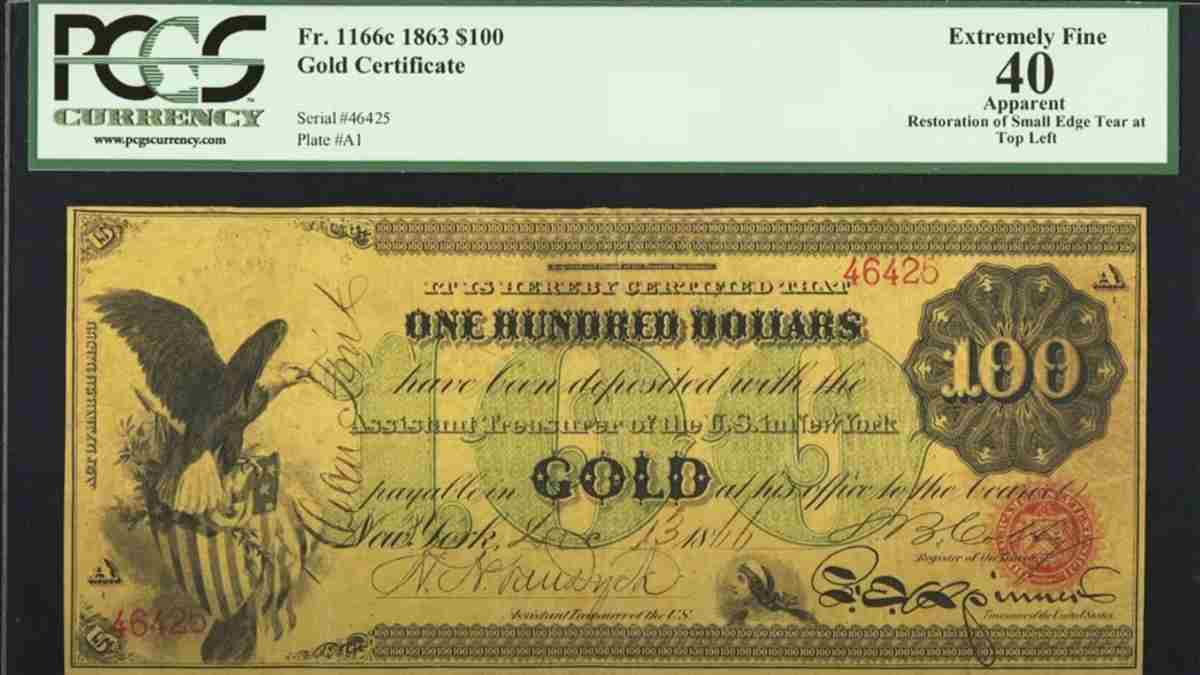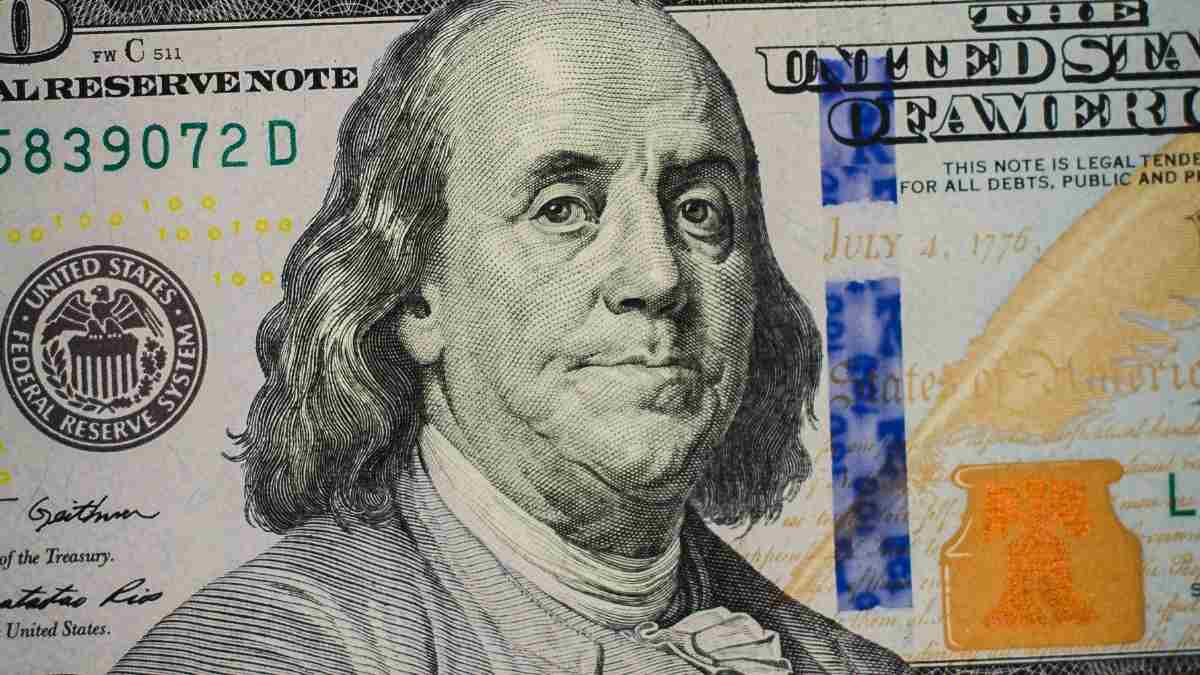Every day, a vast amount of currency circulates throughout the United States. While it’s common to have several of these bills in our homes, pockets, or wallets, it’s worthwhile to examine them closely from time to time. By doing so, you might discover a unique feature that could significantly increase their value. Experts and collectors are often willing to pay exorbitant sums for a bill deemed rare. For instance, there’s a particular bill that could fetch up to US$2 million. Curious to know which one it is? As we reveal this intriguing detail. Here’s a hint: only three examples of this bill exist.
Before revealing the bill valued at up to US$2 million, let’s take a moment to discuss another unique piece of currency known for its rarity: the “gold certificates”.
- Scarcity: The fewer the number of bills in circulation, the higher the value.
- Historical Significance: Bills with a rich history or unique backstory attract collectors.
- Condition: Bills in pristine condition are more valuable.
- Unique Features: Errors or unusual features can make a bill more sought after.
Such distinctive elements make certain bills not just a medium of exchange, but a treasure trove for those passionate about collecting.
The “gold certificates” are a fascinating type of currency, marked by their rarity and intriguing history. These certificates, once a regular part of financial transactions, have now become coveted items among collectors due to their uniqueness and historical value.
Keep a keen eye on the bills you encounter; you never know when you might be holding a piece of history worth a fortune.
Gold certificates, as the name suggests, are essentially “certificates of ownership held by gold owners instead of storing the actual gold,” according to Wikipedia. Historically, these certificates were used as a substitute for physical gold, as transporting large quantities of the precious metal was unfeasible due to the physical challenges it posed. Today, they hold a dual significance: as a piece of American paper currency history and as a modern investment avenue in gold.
The Historical Journey of Gold Certificates
First introduced in 1863, gold certificates were utilized until 1933. Although they supposedly vanished from circulation, some of these certificates are now highly sought after and command significant sums. But which ones are particularly valuable? The answer lies in the $100 gold certificates printed before 1880. These specific certificates are considered exceptionally valuable and rare; in fact, one of them fetched an astounding $2 million.

The first series of $100 gold certificates was issued in 1863, a remarkable period in American history. These certificates are notable for their unique design features. On the obverse, you can see intricate black ink printing on gold-tinted paper, accompanied by the phrase, “It is hereby certified that One hundred dollars.” To the left, there’s a majestic image of an eagle holding the American flag. Meanwhile, the reverse showcases the words “One hundred dollars” in bold lettering.
Historical Significance of the $100 Gold Certificates
These gold certificates hold immense historical value, particularly among collectors. As of now, only three known examples of these $100 certificates exist. Two are preserved in the prestigious Smithsonian Museum, while the third belongs to a private collector who acquired it for an astonishing $2,115,000.
A Collector’s Dream
Described as a “classic rarity” in the banknote world, one of these certificates recently surpassed the million-dollar mark at a public auction. Issued during the tumultuous times of the Civil War, the 1863 series of gold banknotes has captivated collectors worldwide. This particular $100 note is one of only three known to exist, making it an extraordinary piece of numismatic history.
- Unique Design: Black ink on gold-tinted paper
- Historic Imagery: Eagle with the American flag
- Limited Availability: Only three known examples
- High Value: One sold for over $2 million
One of the most intriguing questions for many people is whether the coin or bill they hold might be worth a significant amount of money. To help answer this, the PCGS website has shared some insights into determining the potential value of your currency.
Assessing Your Coin or Bill
On the PCGS, you can find valuable assistance in assessing the price and value of your items. This resource provides guidance on understanding the worth of your currency.
Exploring Auctions
A great way to discover the price of your coin or bill is through specialized auction indexers. These platforms are key to understanding current market trends and values.
Historical Value on eBay
Using eBay as a tool, you can learn about the historical prices of coins and bills. Simply access the platform to explore past sales and trends.
Virtual Catalogs of Ancient Coins
There are virtual catalogs available that can help determine the value of old coins and bills. These resources are essential for collectors looking to understand the historical significance and value of their items.
Specialized Auction Houses
Companies such as Heritage Auctions, Stack’s Bowers, and GreatCollections host auctions for bills and other collectibles. Here, you can find a wide array of valuable bills.
Online Platforms for Buying and Selling
If you’re fortunate enough to possess one of these precious treasures and wish to sell them, the best approach is to utilize online buying and selling sites like eBay. This platform connects collectors and sellers, offering a marketplace for rare and valuable currency.




